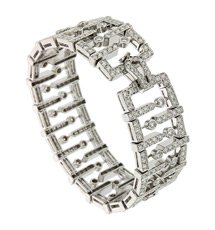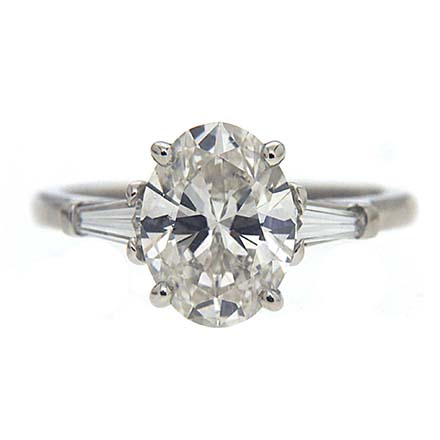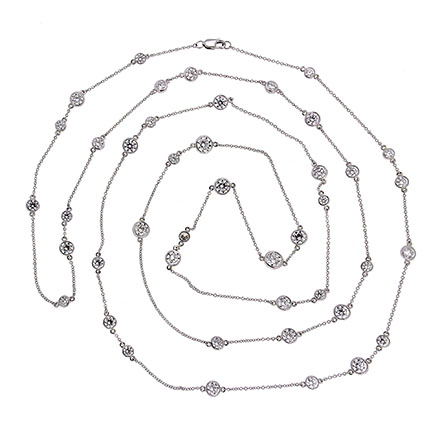Clarity is one of the foremost attributes of a good diamond. The higher its clarity is, the brighter the fire burns in a diamond. Of course, there are other qualities like cut, color and such that accentuate or diminish the sparkle, but clarity is arguably one of them. Simply put, a high clarity stone is an expensive stone. Whether you are buying diamonds for your rings or necklaces, the aim should always be to get a clear and near transparent diamond. Now let’s go deeper into the diamond clarity aspect, in the context of rings and necklaces.
For Rings
For rings, the general rule of picking diamonds is anything which looks pretty clear to the eyes. Now this truth is twice refined for engagement rings. When choosing diamonds for engagement rings, you cannot really compromise with the clarity for a little price discount. As many of you may know already, the clarity grade for diamonds starts at IF or Internally Flawless and goes all the way to I or Included. Included is the category that lists stones that are marred by foreign minerals, cracks and such things that disturb the clarity of diamonds.
To play it safest, the lowest you can drop to when selecting diamonds for engagement rings is SI1. Below that, everything is a risky investment, in terms of aesthetic success. For small diamonds, SI may suffice, but for bigger picks, you have to move a place or two up in the chart. Especially for solitaire rings, high clarity is an immutable necessity.
For wedding rings however, you can go down the scale without putting the aesthetics at risk. This is due to two reasons. First, diamonds used in wedding rings are much smaller than in solitaire engagement rings. Secondly, wedding bands use cluster diamonds. So, the idea is not exactly to work up the fire by simply creating a brilliant ring. So, picks from lower clarity grades is fine there.
For Necklaces
From pendants to Rivera necklaces, neckpieces demand high quality diamonds. However, choosing specifically can help trim the extra expense consequentially. Pendants for example, can do with stones that radiate fire. So, notwithstanding the cut, color or carat, pick something that essentially belongs to the higher grades, or better, study individual stones without sticking to a particular grade. That might prove economical than the other way. For cluster pendants, you can relax the clarity consciousness, though.







